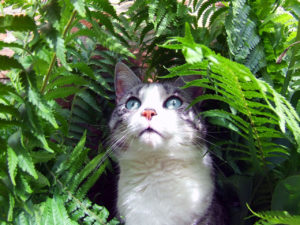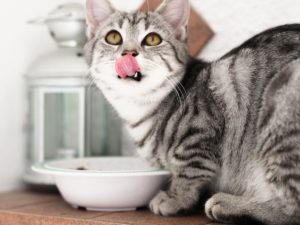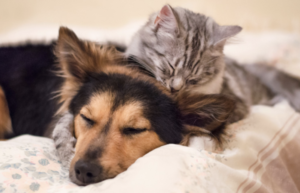When it comes to eye problems in cats, even a small itch or a scratch can seem devastating. Cats are natural predators. If they start having issues with one of their essential senses, they become the hunted instead of the hunter.
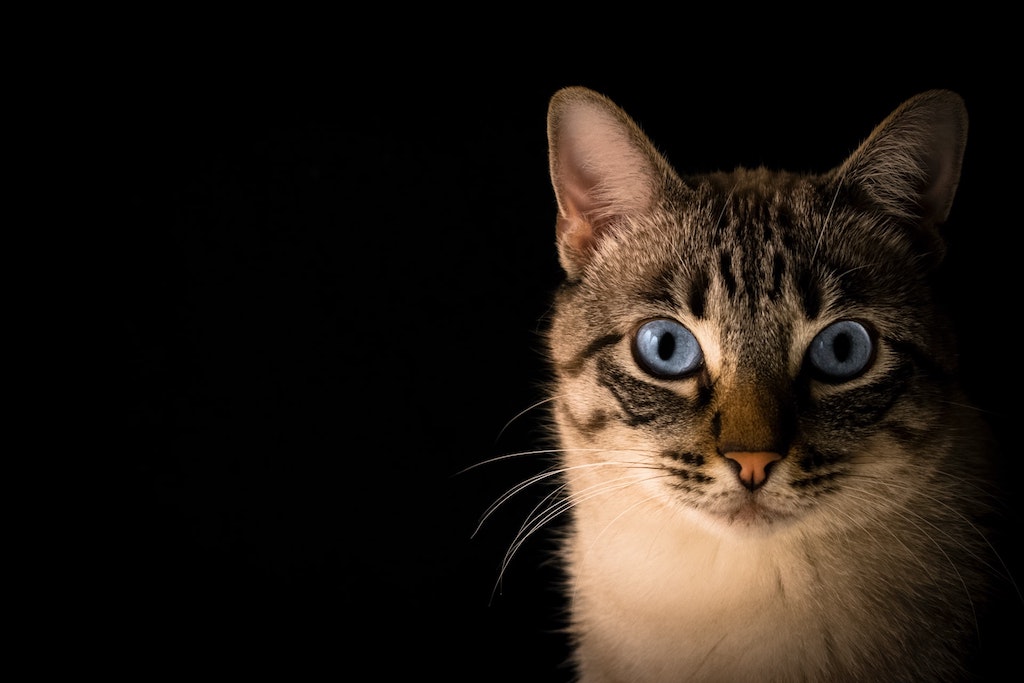
And it doesn’t matter whether we’re talking about the big cats roaming in the wild or the one currently making biscuits with their bean toes on your thigh. Eye problems in cats are not acceptable. And as a cat partner, it’s up to you to make sure your cat continues to keep a sharp eye for any intruders and wayward toys.
Different Eye Problems in Cats
Unlike humans, cats don’t voice their concerns when they start feeling unwell. As a responsible pet parent, it’s up to you to keep an eye on your cat and be on the lookout for the following problems related to their eyes.
Infections
Infections in cats are very common and are mostly caused by dust, dirt, allergies, or a virus, fungi, bacteria, or parasite that they come in contact with.
Most commonly, you’ll note the following symptoms if your cat has an eye infection:
- Swelling
- Discharge
- Redness
- Squinting
- Rubbing
Your cat will also have some nasal discharge accompanied by some sneezing bouts. If that happens, it’s best to take your cat to the vet in case their infection exacerbates. Some cat eye infections can lead to secondary conditions and can be contagious sometimes. Some parasites such as the Toxoplasma and Bartonella bacteria can spread to humans, so take caution.
However, if you note only mild symptoms and your cat doesn’t hack or sneeze, keeping their eyes clean, maintaining their hydration, and meals will allow the body to rid itself of the infection microbe itself. It might just be some other common infection that’s causing such symptoms to arise.
Corneal Ulcers
Some infections or parasites can cause corneal ulcers in cats if their condition isn’t attended to.
Corneal ulcers occur on the clear tissue that lies on the surface of the eye. It’s the surface through which light passes. When the cat’s eye is subjected to injuries, anatomical abnormalities in the eye, insufficient tear production, and infections, this causes the eye’s corneal layer to diminish, leading to open sores.
The most obvious symptom of a corneal ulcer is cloudiness, which occurs over the eye’s affected part. However, other symptoms include:
- Discharge
- Squinting
- Redness
- Eye pain
If you note any such symptoms, take your cat to the vet immediately. Whether it’s a mild corneal ulcer or a deep ulcer, your cat will need veterinary care and treatment to get better.
At the least, your vet will prescribe an ointment, pain relief, or antibiotic medication. But if the ulcer is too harsh, your vet will advise on surgery so that they can remove the dead part of the ulcer. If that happens, approve of the procedure so your cat can be looked at.
A deep ulcer can lead to eye rupture, which can cause disfigurement and permanent blindness. So, take care when dealing with a corneal ulcer.
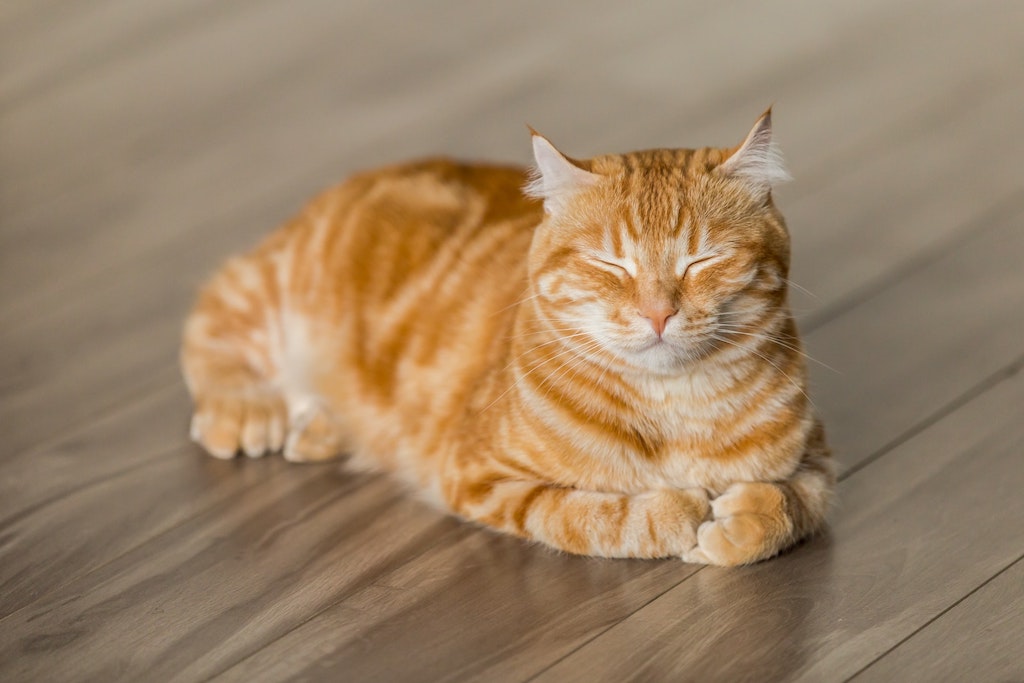
Trauma
This is especially common if you have a stray or outdoor cat or have multiple cats in the same household.
Playing or fighting can lead to lacerations, punctures, and scratches, which can cause bad eye injuries and trauma. You may see your cat’s eyes become swollen and red. Your cat may also feel pain. You’ll also see some drainage from their eye. In this case, a visit to the vet is compulsory. However, if you see your cat’s eye become visibly injured, for example, if an accident, fall, or attack, do not wait for any symptoms or signs.
Time is of the essence when it comes to any bad trauma to your cat’s eye. Your doctor will provide some antibiotics or pain relief and will try to save the eye as much as possible. However, if the eye is severely damaged, they will be forced to remove it.
Allergies/Irritants
Just a day ago, your cat was happily playing in the grass, and now it’s angry, grumpy, and keeps rubbing its eye. You may have allergies to blame.
It’s a little-known fact that cats can get allergies too. And they can develop allergies at any age, especially food and airborne allergies. These allergies arise when cats are exposed to them over time. For example, if your cat is allergic to cigarette smoke, this allergy will develop in the form of asthma. They may also start showing symptoms against fleas or pollen. If your cat is an outdoor cat, this may likely be the cause of their discomfort.
However, suppose your cat is an indoor cat and starts sneezing, hacking, experiences gastrointestinal problems like diarrhea, vomiting, itchy eyes, watery eyes, redness, and drainage. In that case, it’s most likely against dust or dirt or a food allergy like an allergy to chicken.
Again, any symptom such as that will need to be seen by a professional veterinarian.
Iris Discoloration
The colored surrounding in a cat’s eye that surrounds the dark pupil is called the iris.
Typically, when kittens are born, their eyes retain a blue hue, which changes as they mature into adulthood. But, there is a condition known as iris melanosis, which causes brown patches or freckles to develop in the iris. This usually occurs in older to middle-aged cats and doesn’t cause any serious issues, but there is always the risk of iris dysfunction and glaucoma.
This should not be confused with iris melanoma, which is a type of severe cancerous condition. So, if you see any dark patches in your cat’s eye, it’s best to take your cat to the vet so you can put your mind at ease.
Glaucoma
Glaucoma is a serious health condition. As referred to in our explanation of iris discoloration, if a blockage or patch occurs in your cat’s eye, it hinders the path for fluids to make their way out of the eye. As a result, pressure on the eyeball increases, thus causing glaucoma.
Infections, trauma, tumors, abnormalities in the eye, and shift in the lens can also lead to glaucoma. But whatever the cause may be, understand that glaucoma is very painful for your cat and leads to losing vision. Your cat’s eye may become weepy, cloudy, red, and enlarged. And it may cause even more pressure on the eyeball, leading to further problems.
Timely treatment is crucial; otherwise, you may be looking at long-term medical care. Your vet may even have to remove the cat’s eye to help them become comfortable. So, if you see any such problem, take them to an emergency vet, pronto.
Cataracts
Like humans, cats can get cataracts as well. But many mistake cataracts for lenticular sclerosis, which is a common effect of aging in cats. In reality, cataracts and lenticular sclerosis share only one similar symptom: a grey, white, or milky appearance.
Cataracts cause poor vision and blindness since the cataract starts blocking light from getting to the back of the cat’s eye. As a result, your cat loses its vision. A routine eye exam is sometimes enough to differentiate between the two. However, you don’t have to worry about any eye surgeries for the little one.
Most cats live happily, even with poor vision, but that’s only if they’re indoor cats. If you have an older outdoor cat or if their vision is badly compromised, cataract surgery is your only option.
Conjunctivitis
Conjunctivitis is relatively common, so much that your cat will likely have at least a mild episode of it once or twice in its life.
Conjunctivitis occurs when the thin membrane that coats the outside of their eyeball becomes inflamed. It may be caused by any environmental irritants, like any airborne chemicals or dust and dirt. However, conjunctivitis also happens as a symptom of a virus, such as the calicivirus or the herpes virus. It can also occur if your cat catches some bacteria, like mycoplasms or chlamydophilia.
Your cat may start blinking a lot; it may squint more. And its eyes may become colorless and watery. On the other hand, their eyes may also swell and become red, with dark-colored edges. If that happens, take the cat to the vet right away and be diligent with their prescribed medication. However, if your cat starts showing other symptoms of any viral or bacterial infection, make haste. You don’t want your cat’s condition to get worse.
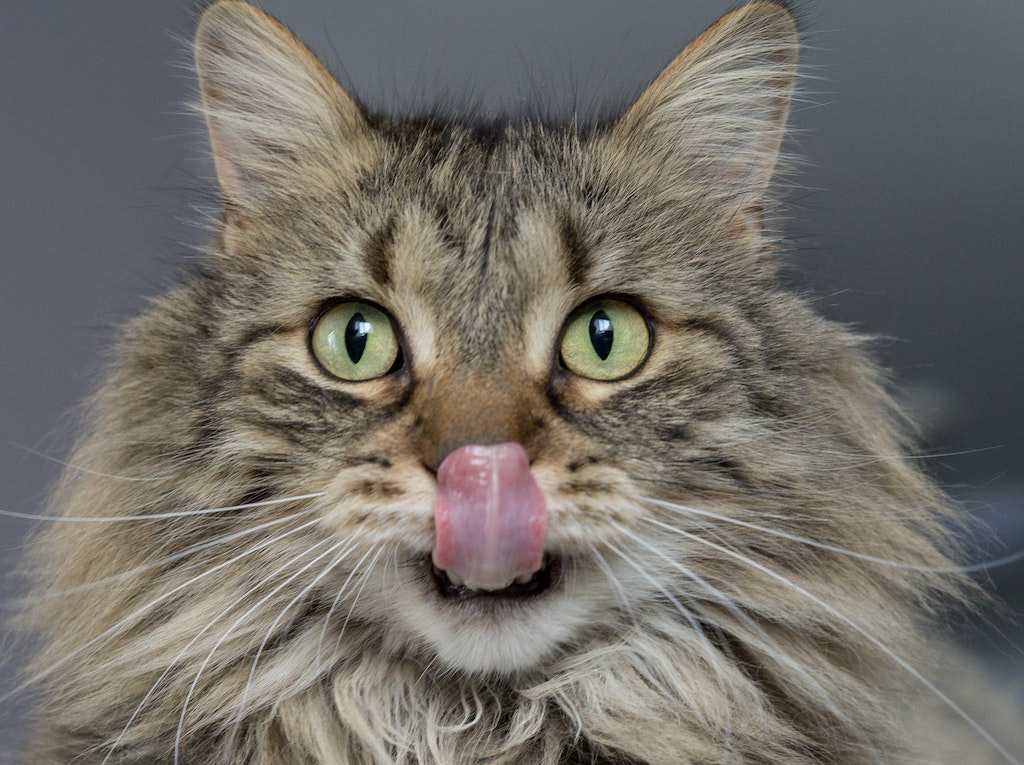
Final Thoughts
We often tell pet partners to take their cat to the veterinarian right away if there’s ever a health-related issue. But with any eye problems in cats, we recommend a rush to the vet before things get serious.
Eye problems in cats often lead to more significant health issues if not dealt with at the right time. With all the information given above, we hope you can take better care of your little fluff ball and maintain their comfort in the way they deserve!




